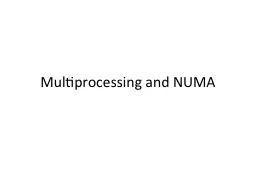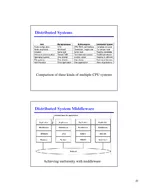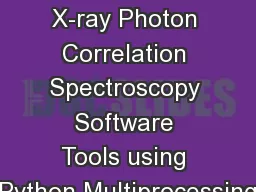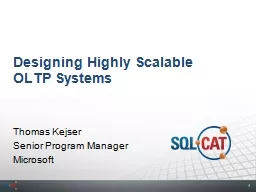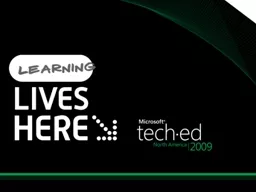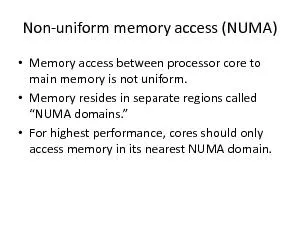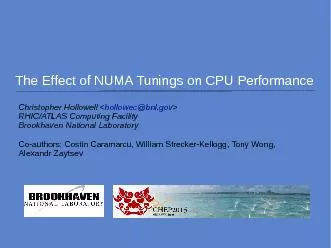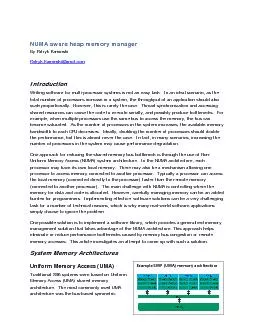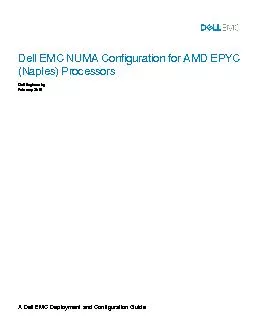PPT-Multiprocessing and NUMA
Author : marina-yarberry | Published Date : 2016-06-04
What we sort of assumed so far Northbridge connects CPU and memory to rest of system Memory controller implemented in Northbridge chipset Devices and CPU can access
Presentation Embed Code
Download Presentation
Download Presentation The PPT/PDF document "Multiprocessing and NUMA" is the property of its rightful owner. Permission is granted to download and print the materials on this website for personal, non-commercial use only, and to display it on your personal computer provided you do not modify the materials and that you retain all copyright notices contained in the materials. By downloading content from our website, you accept the terms of this agreement.
Multiprocessing and NUMA: Transcript
Download Rules Of Document
"Multiprocessing and NUMA"The content belongs to its owner. You may download and print it for personal use, without modification, and keep all copyright notices. By downloading, you agree to these terms.
Related Documents

